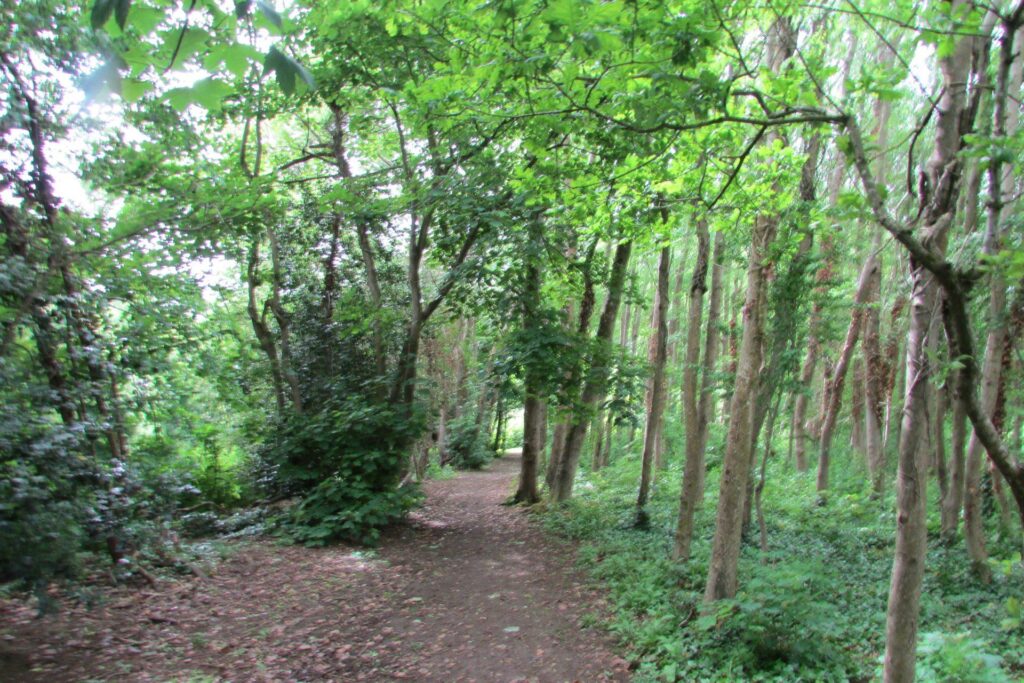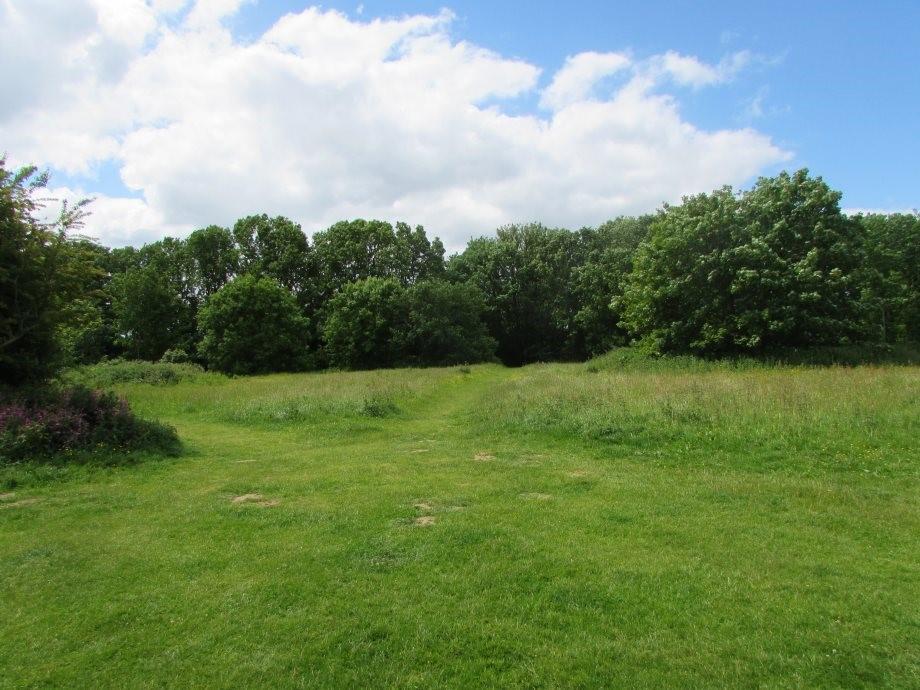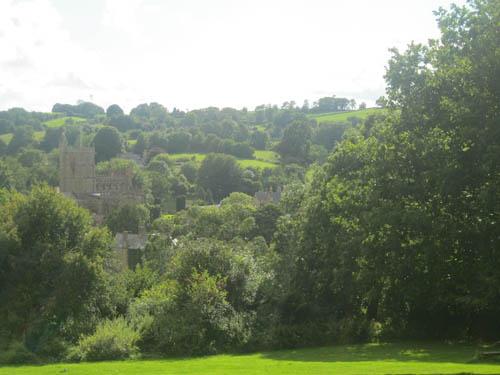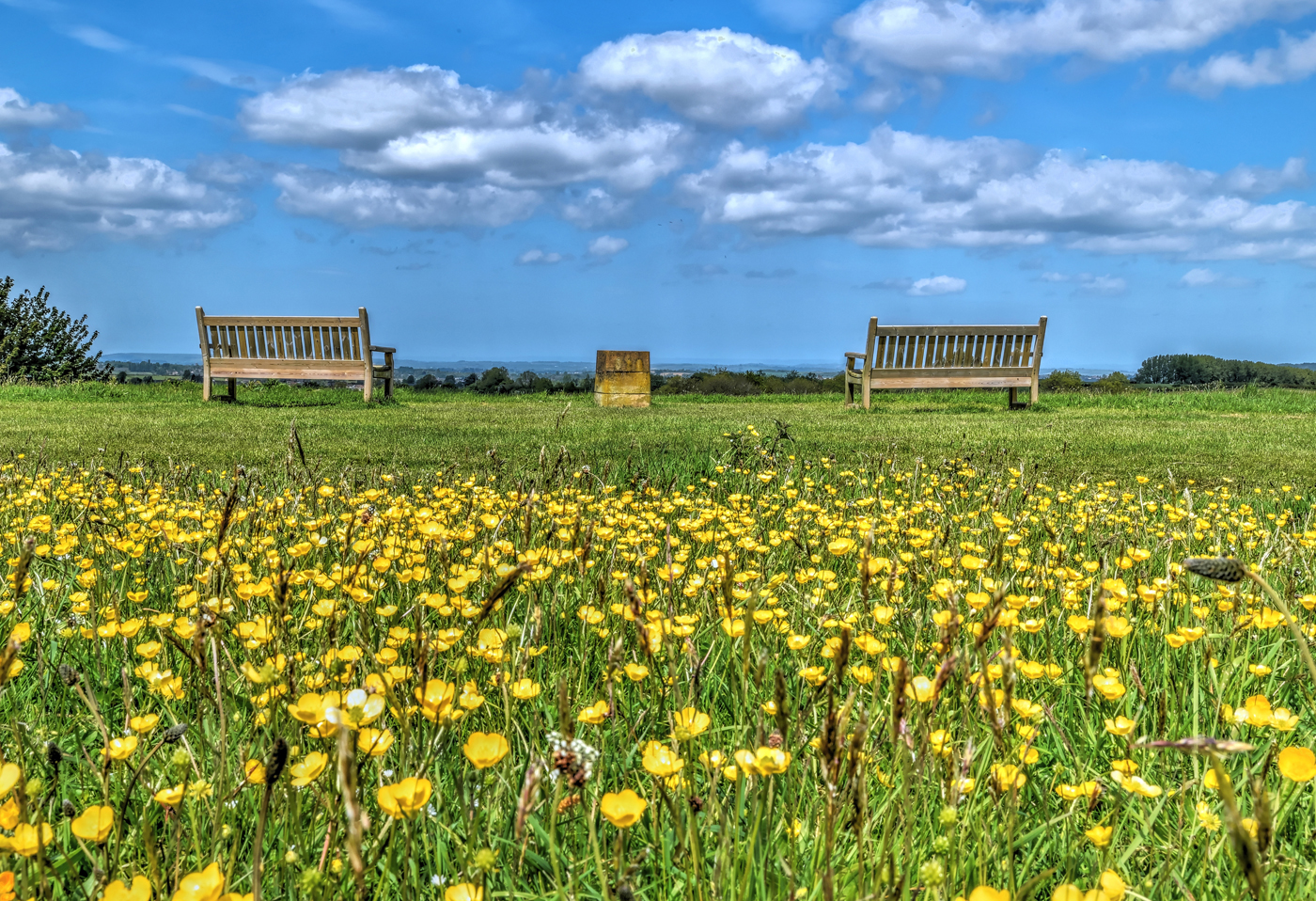
Photo credit: J. Hutson.
Bincombe Beeches is a 12 acre local nature reserve owned and managed by Crewkerne Town Council. It is a spacious, natural and peaceful countryside haven, that is home to an abundance of wildlife. The reserve derives its name from the magnificent line of beech trees, some between 150 and 200 years old, which majestically crown the town side of the hill.
Bincombe Hill dominates this old market town, giving spectacular views mainly unchanged for two centuries, with the fine, late medieval, hamstone parish church towering over the 18th and 19th Century buildings below. The amount of flora, fungi and fauna provides visitors to this modest site with a surprisingly rich feast of nature.
On an exceptionally clear day with the aid of binoculars, a 180 degree panorama from the northern slopes allows an uninterrupted sight line over the 36 miles between Bincombe and Beacon Batch, accross Lopen to the Quantock and Mendip Hills. On the nearer skyline and more easily identifiable, there are views from the Greencombe Rack ridge in the West, to Hinton Church in the North, and the Chiselborough ridge in the East.
Getting There
The reserve can be accessed from several footpaths including a steep path leading directly from the town centre signposted from the road in the north-east corner of Market Square. Disabled parking only is available at Beechwood Drive. Please call into the Local Information Centre at the Town Hall to pick up a leaflet showing a map of the area.
Get Involved
Regular volunteer mornings are held at the reserve and our other open spaces, usually on the third Thursday morning of the month. You can find details of how to join the volunteer team by contacting the Town Council on towncouncil@crewkerne-tc.gov.uk or 01460 74001.
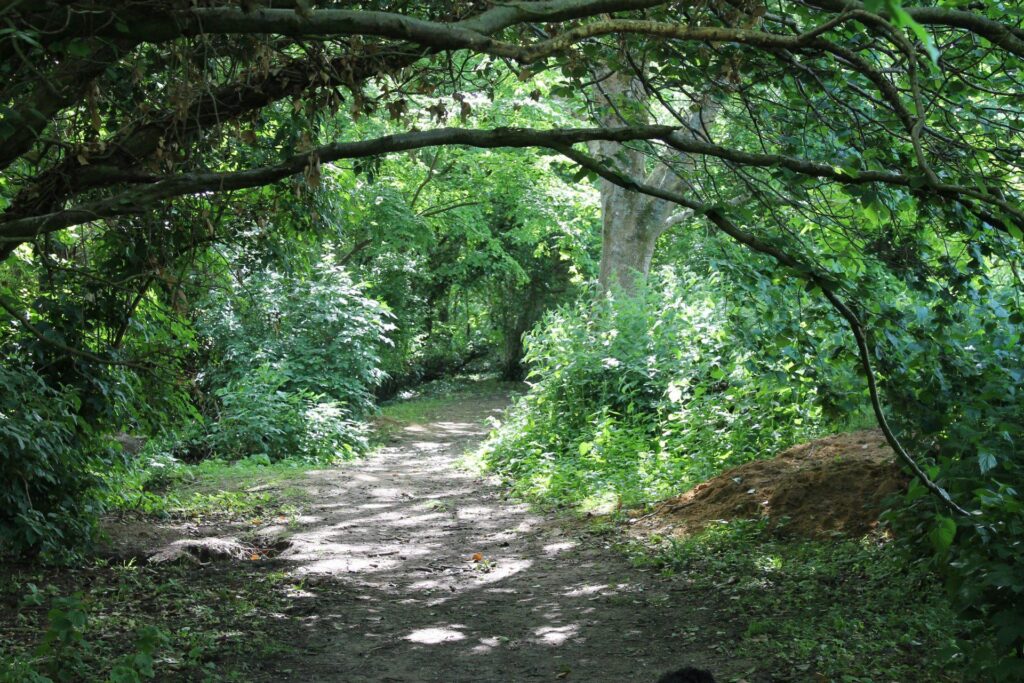
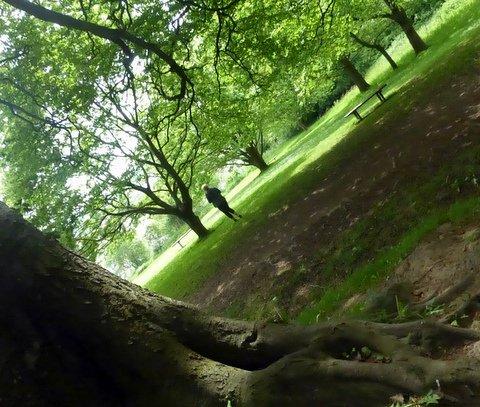
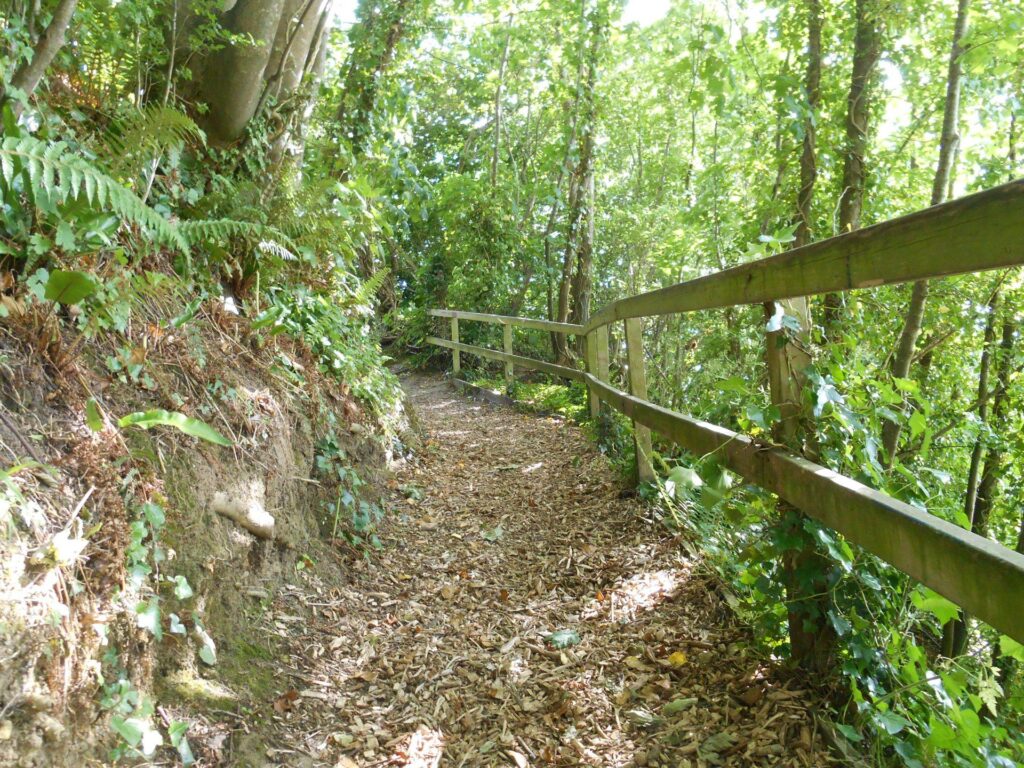
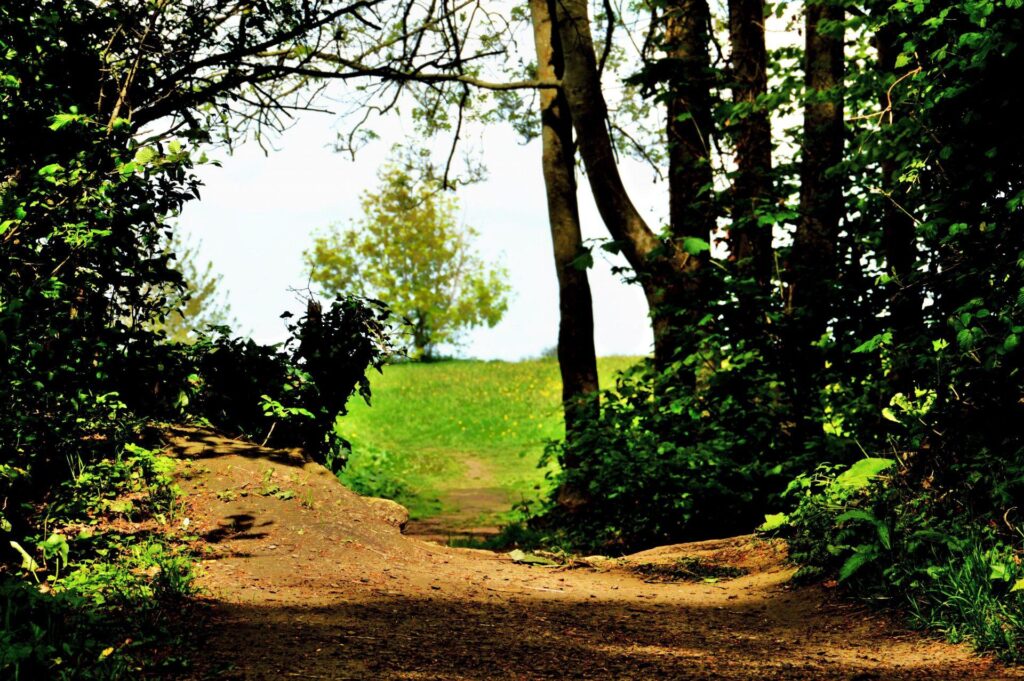
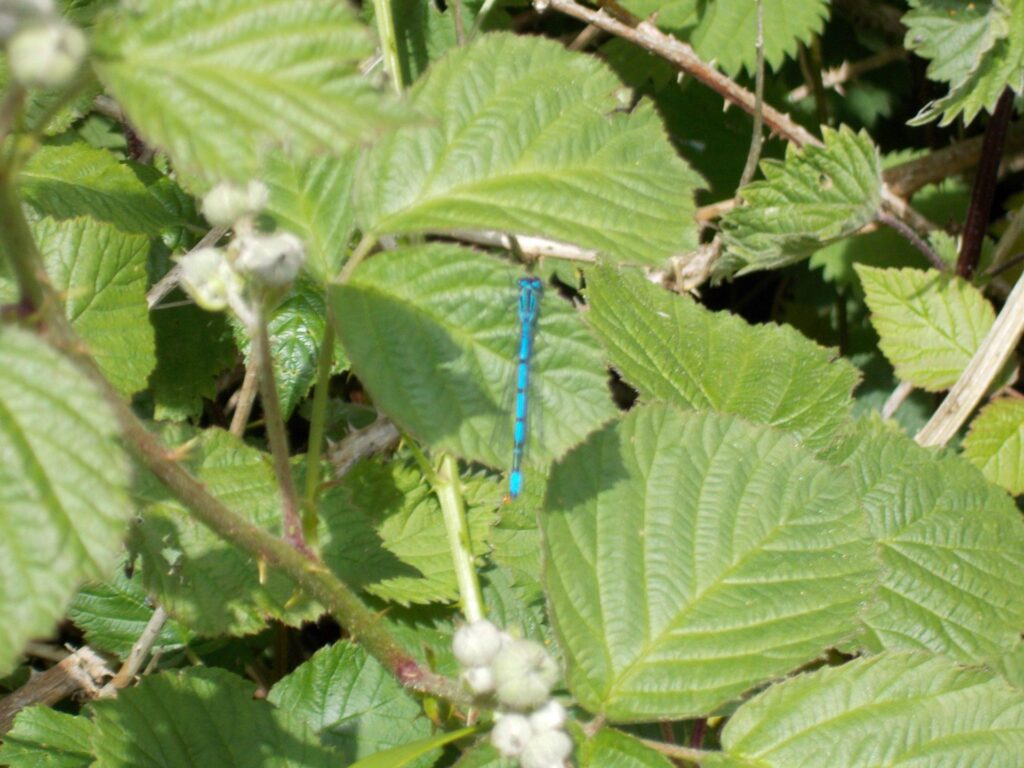
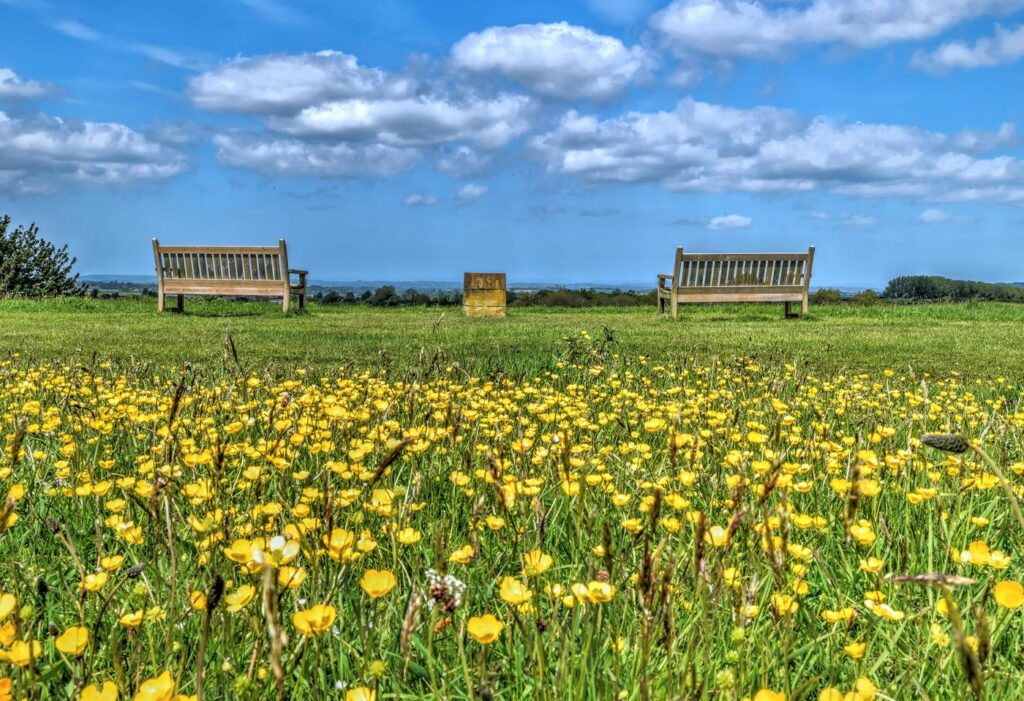
Things To See and Do
- Enjoy a picnic at the disabled-friendly bench overlooking breathtaking views of the landscape
- Discover the wooden creatures carved into tree stumps by chainsaw artists, Rob Beckinsale and Julian Carter.
- Enjoy a leisurely stroll along the footpaths
- Sit back and relax on one of the many benches around the reserve
- Take your dog on an exciting and varied walk with plenty of room to throw a stick
- Spot the abundance of wildlife from wild flower butterflies to black rabbits
- Keep little explorers busy with the printable Bincombe Beeches Wildlife Activity Sheet – download here:
Birds and Mammals
Over thirty species have no difficulty in finding homes on the reserve, including Blackbirds, Woodpeckers, Goldcrests and Jackdaws, with Buzzards often spotted soaring above. The song of the Blackcap is characteristic of Bincombe on a late spring morning.
The hill is home to many varieties of wild animals, including many families of Badgers. They may be seen on twilight evenings between May and August, while Foxes hurry home to their dens in the early morning and Rabbits and Grey Squirrels frolic freely.
Veteran Trees
The magnificent line of beech trees, some between 150 and 200 years old, from which the reserve derives its name, majestically crown the town side of the hill. The beechnuts combine with hazelnuts and acorns, carpeting the ground below in the autumn, providing a rich source of food for many species of wildlife that live there.
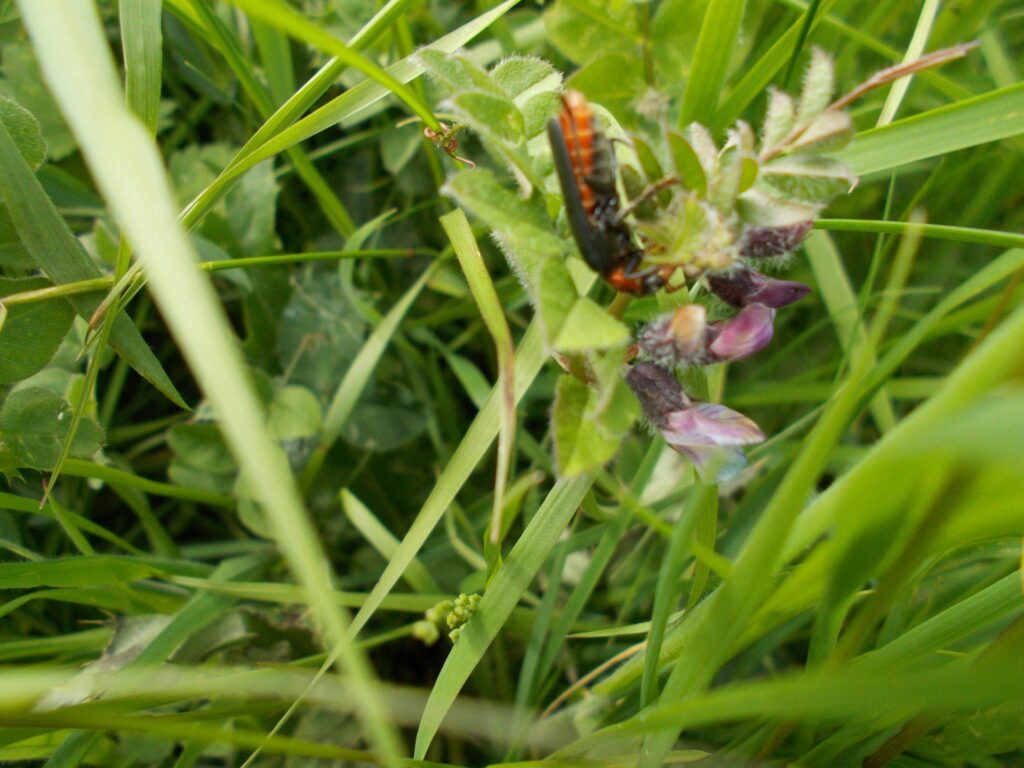
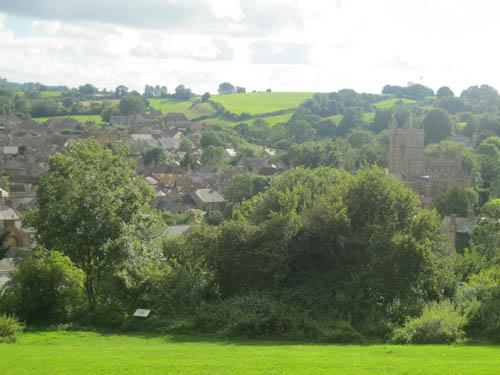
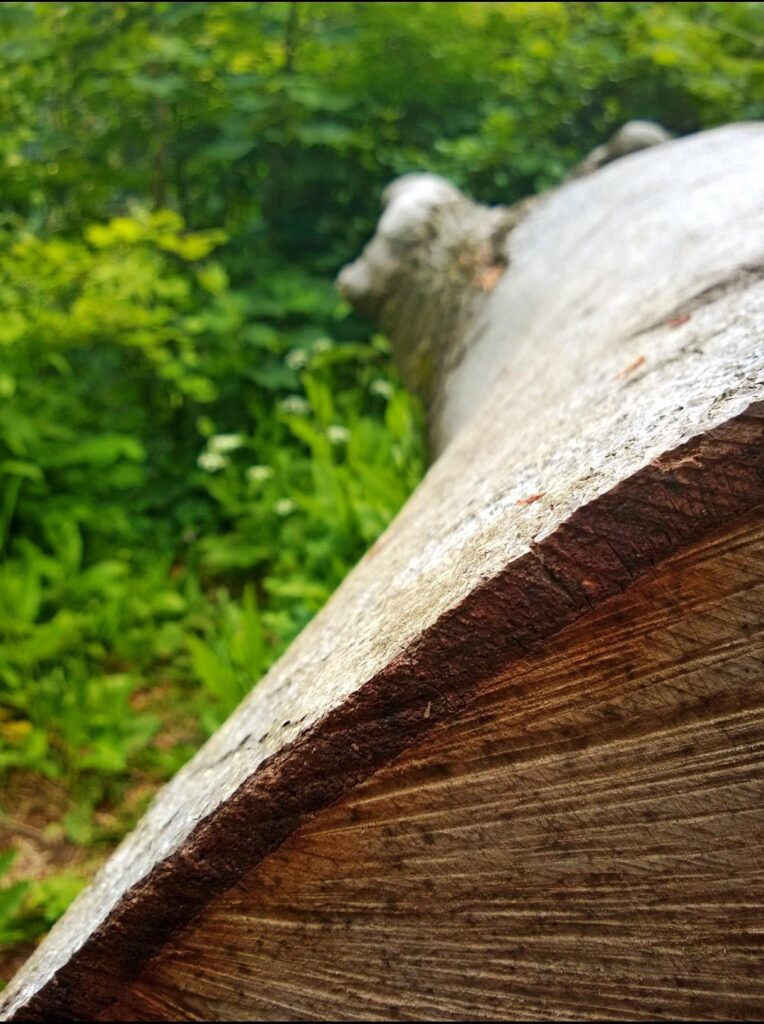
Wild Flowers and Butterflies
The grassland provides a colourful display of wild flowers and grasses throughout the year playing a vital role in the lives of many insects. By encouraging this habitat and increasing the diversity of plants, a much larger number of insects including butterflies will find the food plants they need to survive. Watch out for Common Blue Butterflies whose pupae feeds on Birds-foot Trefoil (Eggs and Bacon). In the summer, when the meadow is left to grow, there is a healthy population of Common Spotted Orchids.



Photo credit: J. Nathan.
Things to Note
To allow us to keep Bincombe Nature Reserve a lovely place for everyone to enjoy, please:
- Pick up after your dog
- Do not leave litter, use the bins provided
- Please be respectful of other users
- Dog friendly and wheelchair accessible
Future Plans
Following a successful Bincombe Activity Day, the Town Council hopes to run more events like this in the future.
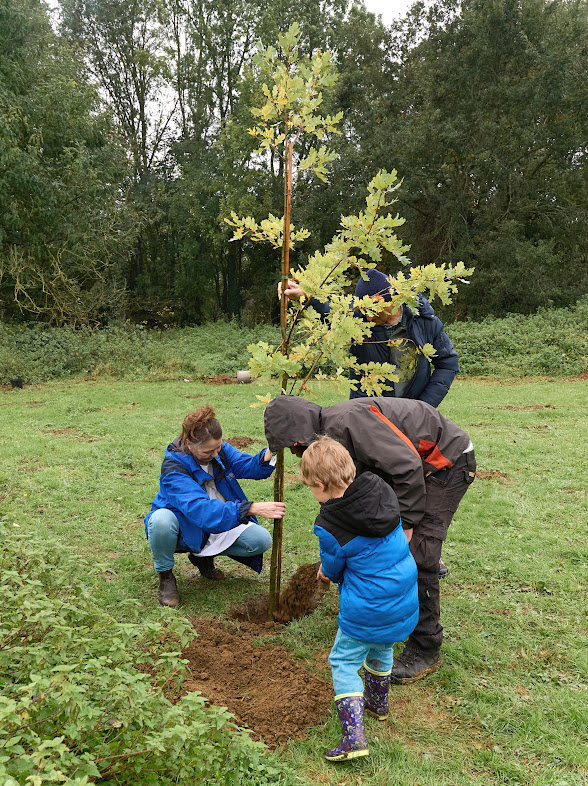
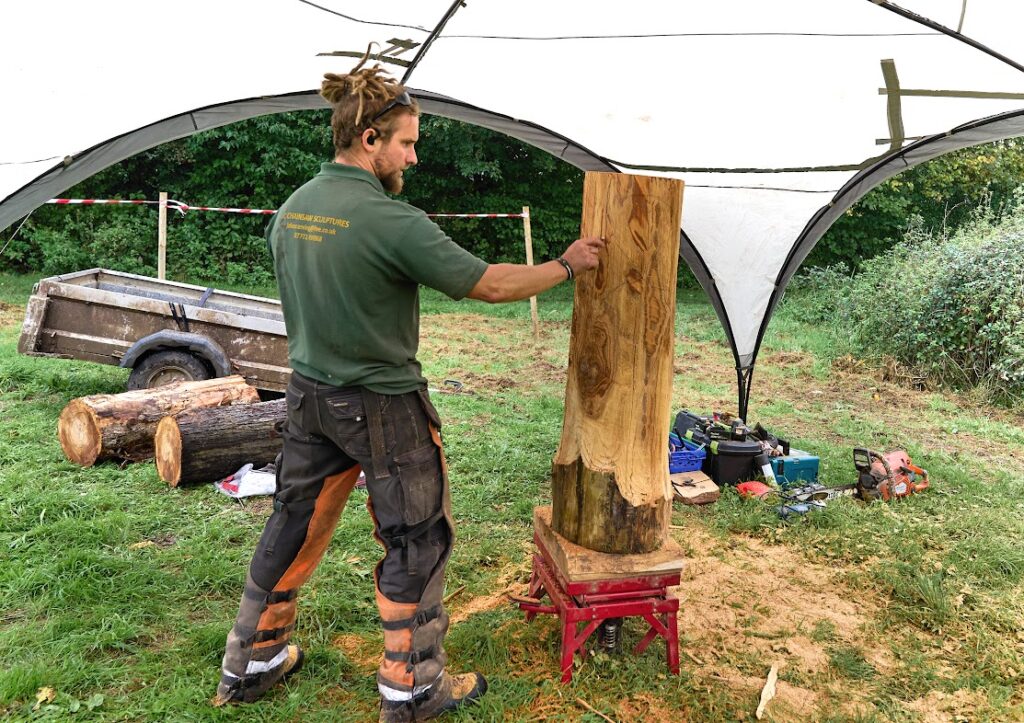
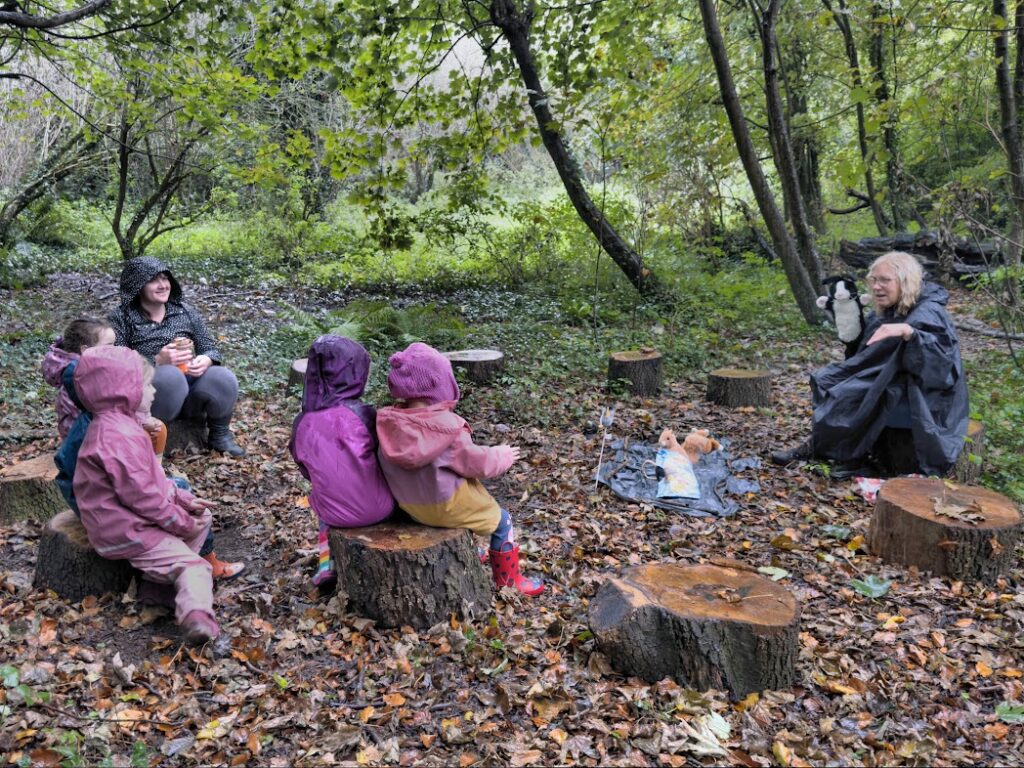
Photo credit: J. Hutson.
